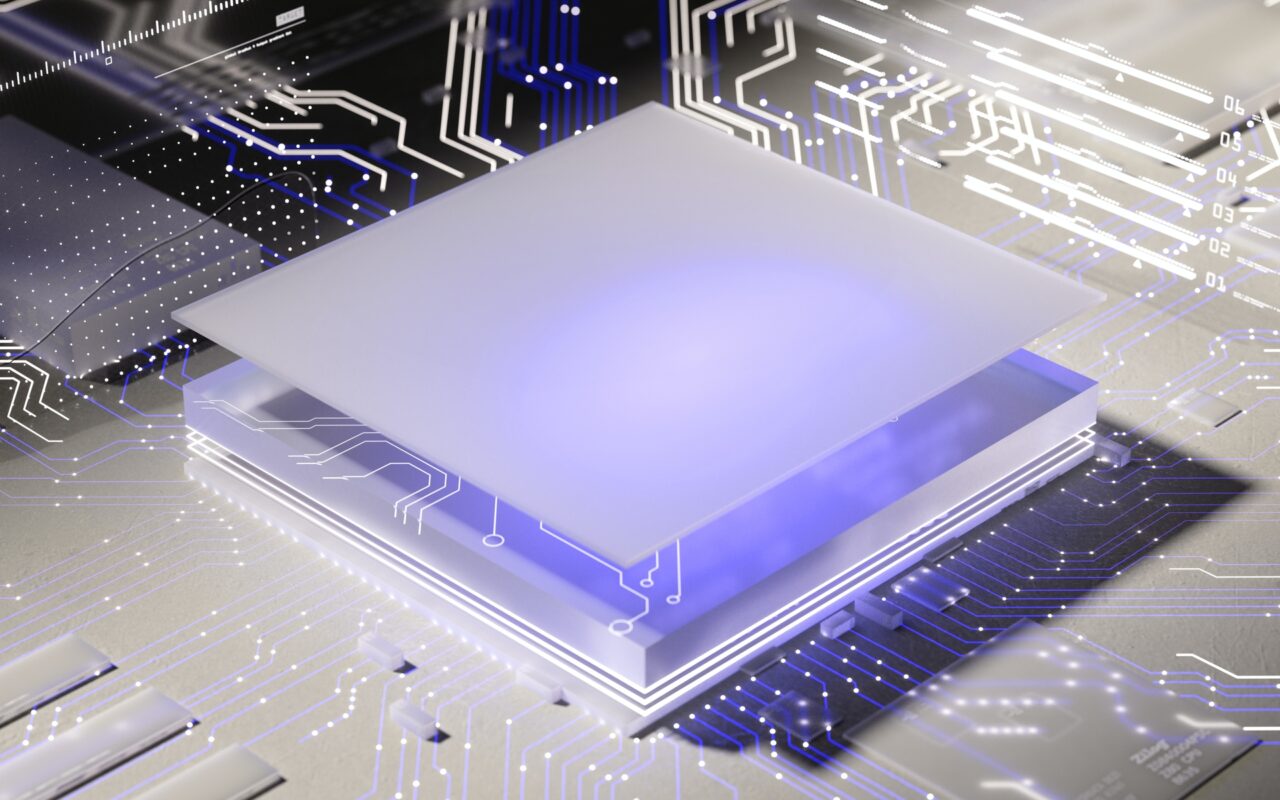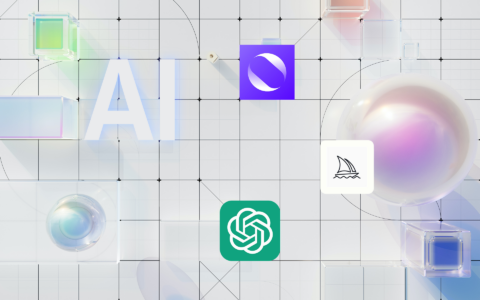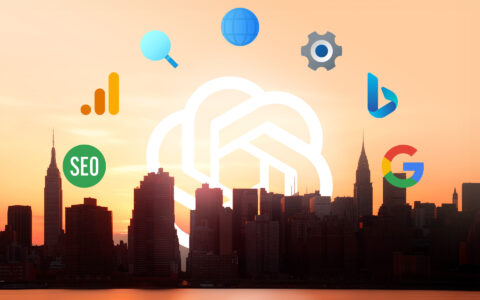Are you curious about upcoming tech trends? Here are our top 7 trends you shouldn't ignore, based on extensive research and our experience.

Join us as we explore tech trends that unlock new business opportunities.
Table of Contents:
1. Artificial Intelligence (AI) and Machine Learning (ML)
2. Cloud Computing and SaaS
3. Internet of Things (IoT)
4. Mobile Commerce
5. Augmented Reality (AR) and Virtual Reality (VR)
6. 5G
7. Cybersecurity
Conclusion
1. Artificial Intelligence (AI) and Machine Learning (ML)
AI's undeniable advancements greatly benefit Small-scale enterprises and other business models. Hence, AI and ML top the list of essential tech trends for SMBs.
So, instead of questioning AI's benefits, small businesses focus on effectively leveraging these technologies.
Microsoft provides a concrete example illustrating how ML can enhance e-commerce upselling for small businesses. This illustrates the vast potential of artificial intelligence in boosting small firms.
Additionally, SMBs can employ AI-powered cybersecurity to effectively safeguard their data and assets.
Not only that, but small-scale enterprises can leverage machine learning to boost productivity. For instance, using chatbots like ChatGPT enables easy email creation and concise content summaries. Moreover, ML and AI have revolutionized data management, inventory control, and customer service.
2. Cloud Computing and SaaS

Cloud computing is vital for sole proprietorships. It provides cost-effective access to powerful computing resources via the Internet.
Previously, small businesses had financial burdens from server purchases, installations, and software licenses. Nowadays, they can subscribe to cloud services like AWS or Microsoft Azure at a reasonable monthly fee.
According to the portal Business News Daily, small enterprises can utilize cloud computing in multiple ways. For example, they can cut costs by storing and backing up data on cloud services like Google Drive, OneDrive, or Dropbox. Proper cloud management helps businesses make the most of these services, ensuring they are using their cloud resources efficiently without overspending.
Moreover, small-scale establishments can significantly cut costs by employing Cloud hosting and SaaS software management.
3. Internet of Things (IoT)
 61 % of businesses use IoT platforms. Source: Kaspersky
61 % of businesses use IoT platforms. Source: Kaspersky
New to IoT? Here's a quick intro: It is a network of interconnected data-sharing devices. The Internet of Things technology combines computing and non-computing devices, enabling data sharing beyond laptops, smartphones, and game consoles.
You might have unknowingly used the Internet of Things in your home. For example, if you've used a smart refrigerator or made your home "smart," you've experienced the interconnectedness of devices firsthand. But how does it work? It is simple, each device is equipped with a sensor. Once connected to Wi-Fi, smart devices can send data for monitoring and analysis.
4. Mobile Commerce
 97% of Americans own a mobile phone. Source: Pew Research Centre
97% of Americans own a mobile phone. Source: Pew Research Centre
Mobile commerce (or m-commerce) involves using smartphones and tablets for online commercial transactions. Simply, it refers to people shopping online with their handheld devices.
If the statistic above hasn't provoked your curiosity as a small business owner, this certainly will: shopping on mobile devices is the fastest-growing channel in the US, according to statista.com. If you're wondering how to capitalize on this tech trend, keep reading.
Firstly, ensure that your website is mobile-friendly. Secondly, incorporate social media into your mobile commerce strategy.
5. Augmented Reality (AR) and Virtual Reality (VR)
Small businesses often overlook the significance of immersive computing, assuming they are only accessible to large corporations. However, businesses of all sizes can benefit from Augmented Reality.
Have you considered enabling your customers to visualize products before making a purchase?
You can achieve this through immersive marketing powered by AR and VR technologies. By integrating VR tech into your marketing strategy, you can enhance brand awareness and engage customers. This leads to greater satisfaction and reduced return rates.
With these realistic visualization technologies, SMB owners can bring their products to life, ultimately driving increased sales.
6. 5G

The fifth generation of mobile communications has been available since 2019. It offers faster speed and lower latency as its primary advantages. But why should entrepreneurial ventures pay attention to this?
We emphasized the importance of cloud computing, IoT, and mobile commerce for small and medium-sized firms. These technologies rely on fast internet with low latency. And accessing cloud computers and data requires high-speed internet. Additionally, faster mobile speed benefits the interconnection of IoT devices.
Therefore, businesses dependent on IoT should explore how faster 5G can enhance their delivery processes. Regarding mobile commerce, 5G provides stronger signals, enhancing customers' ability to shop on their phones. Multiple sources indicate consumers use their mobile in different ways while shopping in-store.
Research commissioned by Google indicates that 84% of shoppers consult their phones in a physical store. This highlights the prevalence of mobile device usage among shoppers in brick-and-mortar stores.
Small-scale enterprises can utilize this information in two ways.
Firstly, businesses offering in-store shopping can provide free 5G-driven in-store Wi-Fi, encouraging longer stays and increased shopping.
Secondly, small business owners can intentionally incorporate services that leverage mobile technology.
7. Cybersecurity
We discuss Cybersecurity last, not to diminish its importance, but due to its critical role in safeguarding the other technologies mentioned earlier.
As start-up businesses implement cloud computing, AI, IoT, and other efficient technologies, it becomes crucial to know the associated cybersecurity risks.
For example, operating from a cloud computer or utilizing SaaS applications exposes your business to potential vulnerabilities. Therefore, safeguarding these technologies with robust cybersecurity measures is very important.
Notable technologies to learn and implement in this domain include Multi-Factor Authentication (MFA) and Data Encryption. Furthermore, small businesses must safeguard their computers using antivirus software and regular updates.
Conclusion
Staying ahead in technology is crucial for all business models, including smaller firms. The discussed tech trends offer opportunities for small businesses to thrive in the coming year.
By embracing AI and ML, small-scale organizations can unlock the power of intelligent automation and data-driven decision-making. Additionally, by leveraging Cloud Computing and SaaS, they can scale operations, enhance collaboration, and cut costs drastically.
Furthermore, with the IoT, start-ups gain real-time insights and efficient resource management. Moreover, Mobile Commerce presents SMBs with the opportunity to tap into the expanding market of smartphone users.
AR and VR offer immersive experiences and innovative customer engagement. Similarly, 5G revolutionizes connectivity, unlocking new possibilities for entrepreneurs.
Lastly, prioritizing Cybersecurity safeguards valuable data and protects against potential threats.
If you want to to ensure future growth and competitiveness of your company, don’t avoid these tech trends.











